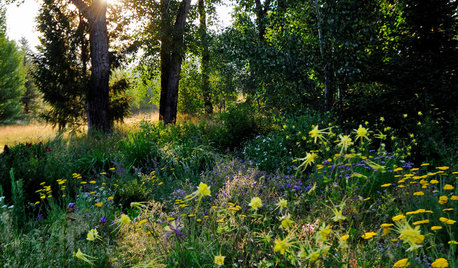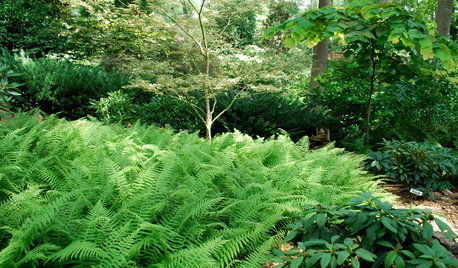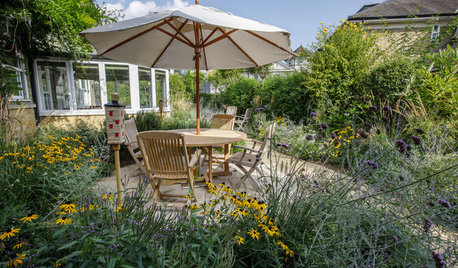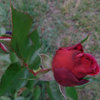My friend privet; and perfect plants
melissa_thefarm
10 years ago
Related Stories

NATIVE PLANTSGreat Design Plant: Wild Bergamot, Friend of Foragers
Nourish butterflies and other winged creatures with the tubular flowers of Monarda fistulosa, a pretty pink native
Full Story
NATIVE PLANTSWhy Aggressive Plants Might Actually Be Your Friends
Sometimes a garden thug is exactly what’s called for
Full Story
PLANTING IDEASFerns: A Shade Gardener’s Best Friend
Bring rich texture and contrast to a dark woodland landscape with wonderfully diverse ferns
Full Story
LANDSCAPE DESIGN4 Tips for Creating a Small Garden That Welcomes Wildlife
Win over birds, bees, butterflies and neighbors with these design strategies
Full Story
EARTH DAY5 Ideas for a More Earth-Friendly Garden
Consider increasing the size of garden beds, filtering rainwater and using plants to reduce energy use
Full Story
GARDENING GUIDES10 Top Native Plants for the U.S. Southeast
For a low-maintenance and wildlife-friendly landscape, use Southern natives that withstand heat and humidity
Full Story
ACCESSORIES40 Design-Friendly Gifts for Modern Kids
Houzz Gift Guide 2010: Gifts to Inspire Feel-Good Fun, Creativity, and Even Clutter Control
Full Story
40 Fun Gifts for Your Pet-Loving Friends
Houzz Gift Guide: 40 New Ways to Love Dogs, Cats and Birds in Style
Full Story
PRODUCT PICKSGuest Picks: Diamonds Are a Home’s Best Friend
Take a shine to the glamour and geometric appeal of the classic gem with diamond artwork, fabrics and accessories
Full Story
LANDSCAPE DESIGNKoi Find Friendly Shores in Any Garden Style
A pond full of colorful koi can be a delightful addition to just about any landscape or garden
Full Story







titian1 10b Sydney
User
Related Discussions
a friend wants to sell her plants
Q
Landscaping my friend's xeric garden
Q
Good luck, my friends...
Q
Need plant ids-friends or foes?
Q
anntn6b
jacqueline9CA
User
catspa_NoCA_Z9_Sunset14
ingrid_vc so. CA zone 9
kittymoonbeam
kittymoonbeam
melissa_thefarmOriginal Author
bart_2010
harborrose_pnw
melissa_thefarmOriginal Author
harborrose_pnw
rosefolly
plan9fromposhmadison
User
melissa_thefarmOriginal Author
User